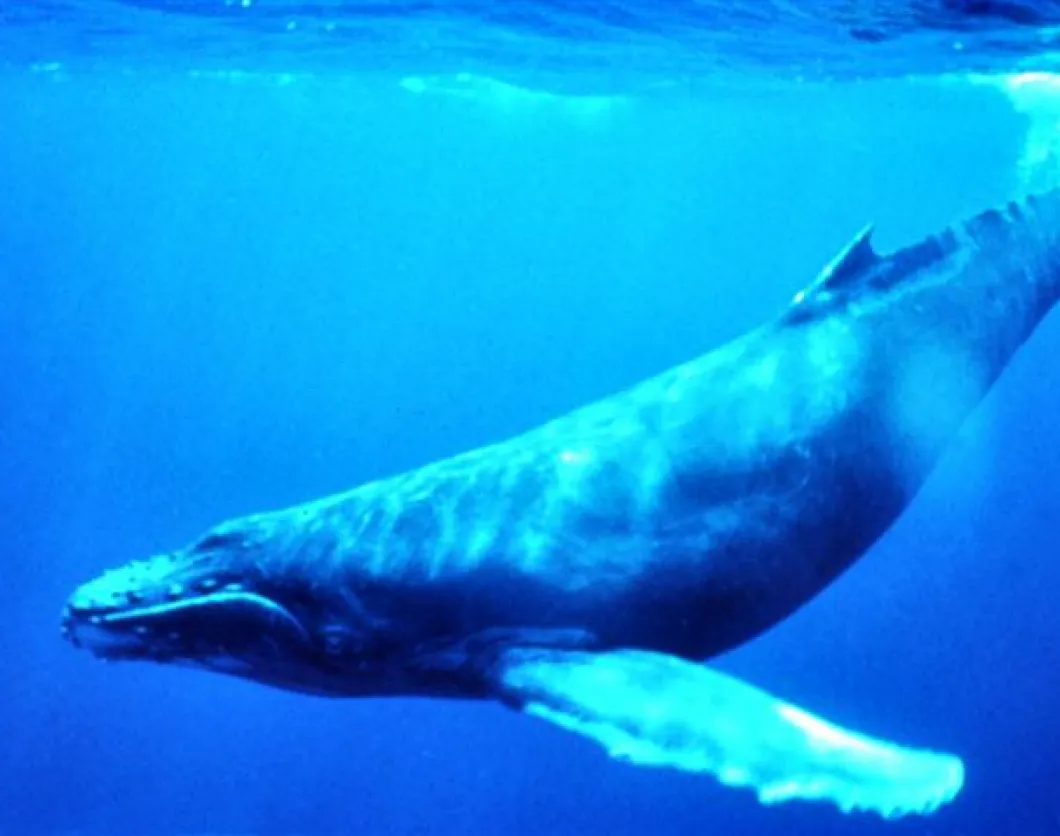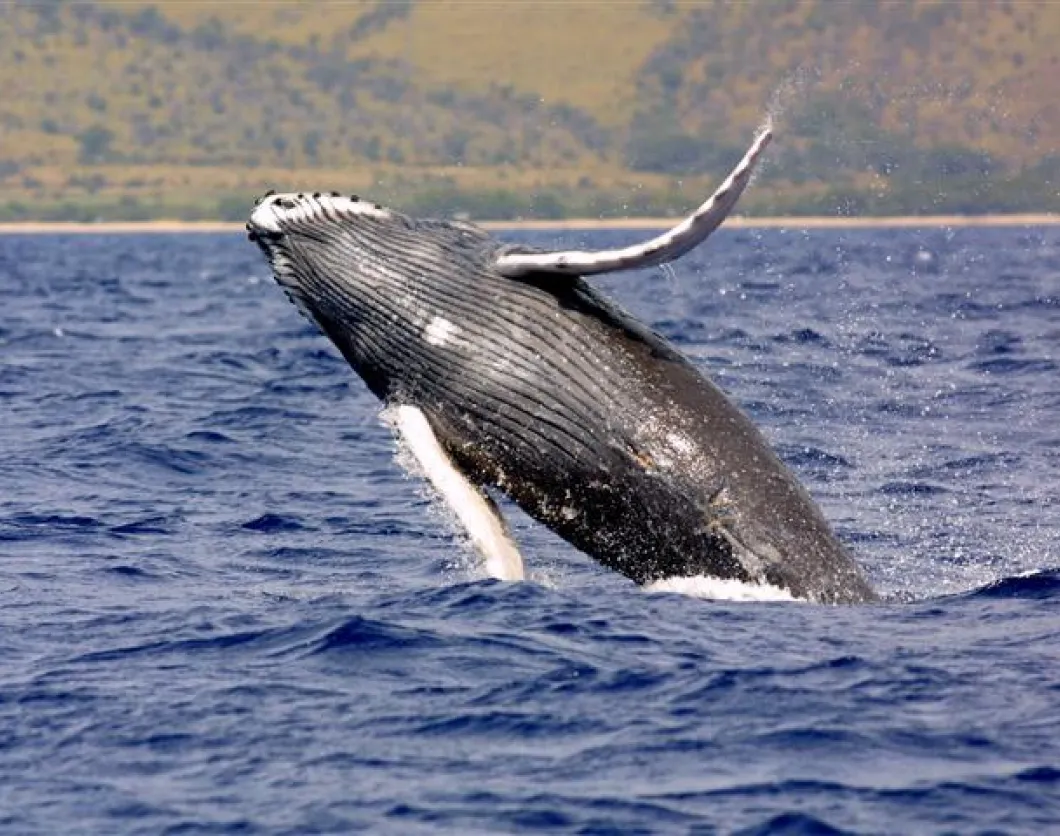Even though Antarctica is known for its extremely cold climate, it is still teeming with life. It is home to different kinds of animals that have the ability to withstand the harshness of the continent's climate. Antarctic animals include various species of fish, birds, and mammals. The mammals that live in the Antarctic region include seals and whales. There are indeed various species of whales that can be found in the waters of Antarctica that whale watching is one of the most common activities that the region's visitors enjoy.
Despite their gigantic size, whales prove to be lovable. The way they move gracefully through the water is just fascinating. They are highly intelligent creatures that they are able to communicate with each other over long distances for social reasons. They are mammals, so we share certain characteristics with them, and this is another reason why we are endeared to them.
There are two groups of whales. These are the baleen whales and toothed whales. Instead of teeth, baleen whales have comb-like structures that are used to filter krill and fish from the water. The kinds of baleen whales that can be found in the waters of Antarctica include:
- Blue Whale. While it is considered as the largest species of whale, it is also considered as the largest animal on earth. On the average, it weighs 84 tonnes and it is about 24 meters long.
- Fin Whale. It is 20 meters long and grows to an average weight of 40 to 50 tonnes, making it the second largest of all the whales.
- Sei Whale. They are smaller and more slender than the blue and fin whales. It grows up to 18.5 meters in length and weighs up to 29 tonnes.
- Southern Right Whale. It may reach 18 meters in length and can weigh up to 96 tonnes. Its head, which is decorated with callosities, makes up to a quarter of its total length.
- Humpback Whale. With a skin covered with warts, bumps, and encrusted barnacles, its average length and weight is 13 meters and 31 tonnes.
- Minke Whale. Its average length and weight is 8 meters and 8 tonnes and it lives for about 50 years.
Toothed whales, on the other hand, have sharp teeth that help them catch their prey, such as fish and squid. The kinds of toothed whales that can be found in the Antarctic are the Orca, Southern Bottlenose, Sperm, and Southern Fourtooth Whale. Dolphins can also be seen, which include the hourglass dolphin and the southern rightwhale dolphin. Whales and dolphins are almost the same and they differ only in size. Everything smaller than 4 meters is considered a dolphin.
Other than various species of whales, various species of fish and birds can be found in the continent. These species of fish include Antarctic cod, ice fish, dragon fish, crocodile fish, rat-tailed fish, robber fish, hagfish, and skates. The birds, on the other hand, include penguins and albatrosses. Emperor, Gentoo, Adelie, King, Macaroni, and Rockhopper are some of the species of penguins that live in the continent. Species of albatross that can be seen are Wandering, Gray-headed, Lightly-maned sooty, and Black-browed albatross.
When you visit Antarctica, whale watching is one thing that you cannot afford to miss. Observe these gentle and lovable giants as they elegantly move through the water. These mammals, our fellow mammals, just do not fail to fascinate us. Watching them is one reason why your Antarctic holiday is all worth it, making it an experience of a lifetime and an encounter with nature that you will surely cherish.
What to Do in Antarctica
Besides animal-watching there are other things to do in Antarctica. You can climb the Observation Hill, which allows you to feast your eyes on the views of Mount Erebus and the Ross Ice Shelf. You can also go kayaking up to icebergs for closer views, and if the weather permits, you can even camp on the ice.









